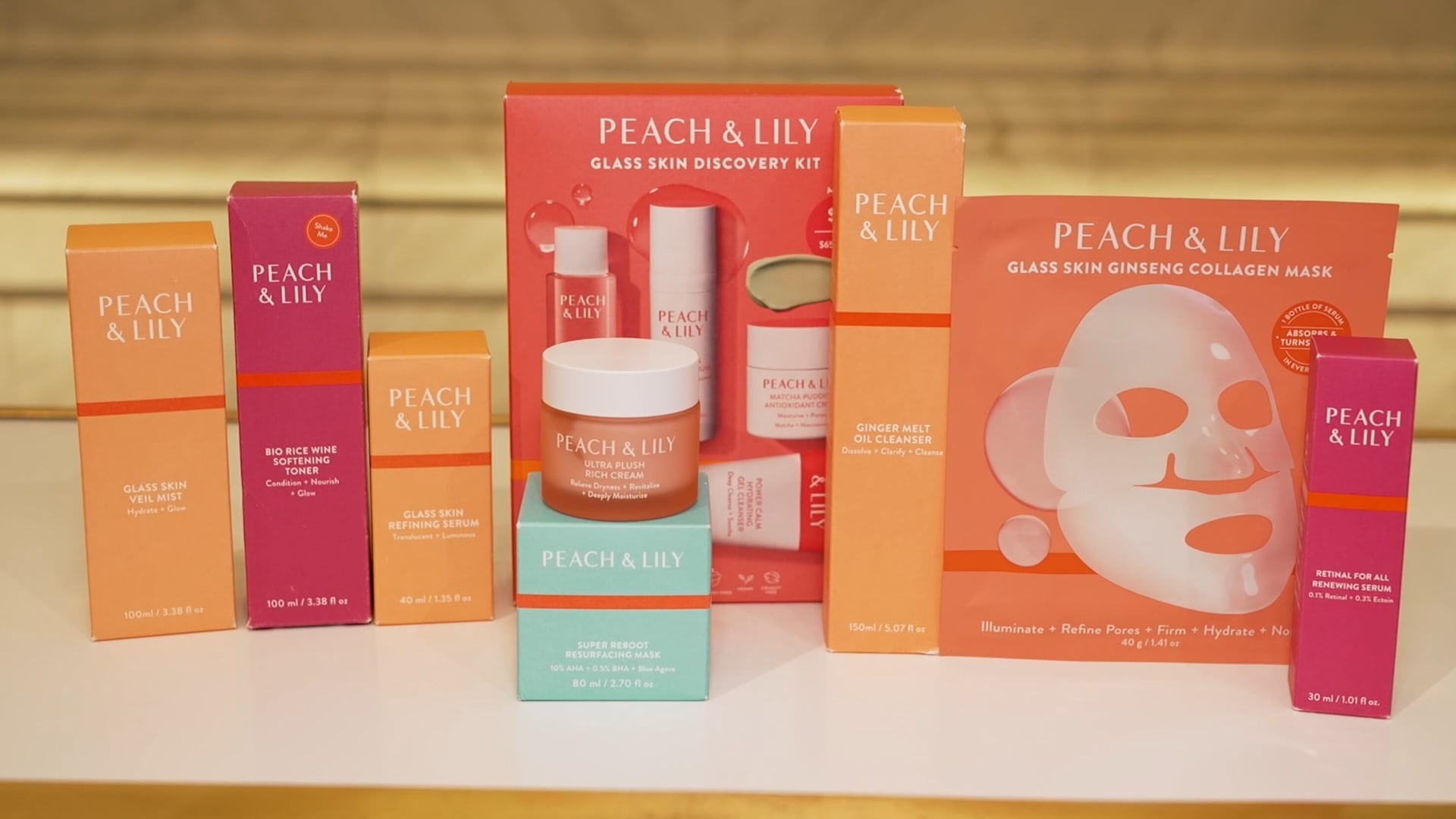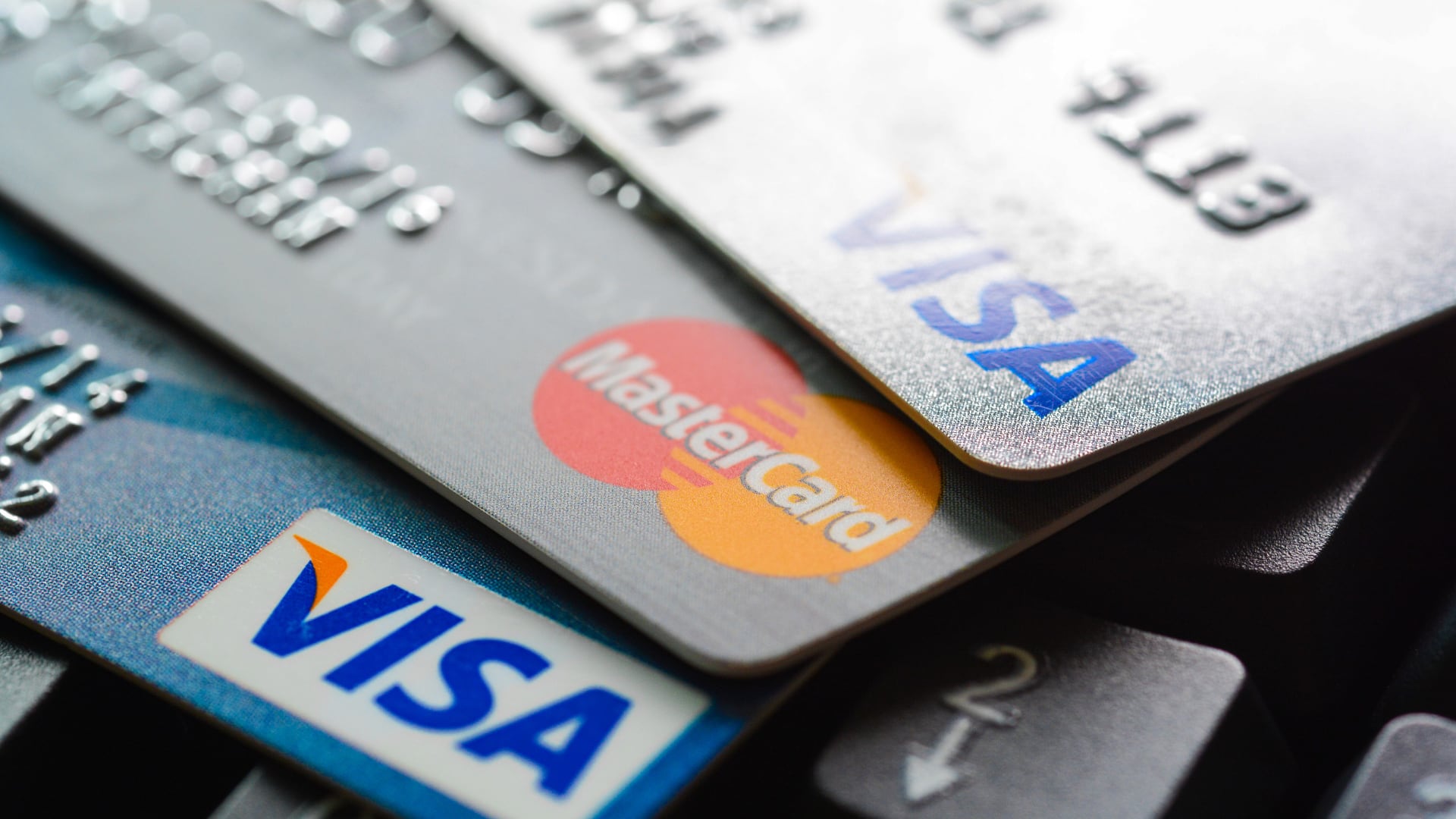With All-Star Weekend now in the rearview mirror, the NBA’s focus returns to what its next media rights deal will look like, which could shape the future of the sport for the next decade.
In the fall of 2014, the league agreed to a pair of nine-year deals for a combined $24 billion. One agreement was with Disney, which owns ESPN, ABC and Hulu, while the other was with the company now known as Warner Bros. Discovery, home of TNT and Max.
Back then, Hulu was just a few months old, while Max and other streaming platforms including Prime Video, Peacock, YouTube TV and Paramount+ wouldn’t exist for years. Since their inception, those streamers have all dabbled in live sports to some extent, with varying degrees of success.
Amazon’s Prime Video saw its Thursday Night Football audience balloon by 24% this past season, while Peacock can now claim the most streamed event in U.S. history: a Kansas City Chiefs-Miami Dolphins NFL playoff game from this past season which drew an eye-popping audience of 23 million people. The NBA is paying attention. In a recent interview with NBA.com, league Commissioner Adam Silver revealed that the success of the NFL on streaming platforms has piqued his interest, saying:
“The early results were positive. It demonstrates something that’s been a truism in the content business for a long time. And that is: content is truly king, particularly premium live sports. That content always finds its audience.”
While the NFL dominates every other sport in the U.S. in terms of viewership, the NBA is in second place and has something even the NFL doesn’t: a young, diverse, global audience. A poll by The Athletic from this past October found that more than 57% of NBA fans are between the ages of 26-45, with a plurality between 26-35.
When you combine that with a player pool where nearly 30% of competitors were born outside the U.S. (the last five league MVPs were born outside North America), and game broadcasts that are distributed to over 200 countries and territories, you can see why so many companies are salivating over the possibility of a rights deal, and why the league is a target for so many marketers.
Live sports have always been a valuable bauble in the crown of any network, but in an age when customers are cutting the cord on cable, that value has only grown. The industry consensus is that the NBA will attempt to nearly triple the value of its last deal, which would see the new one come in around $75 billion. And when you consider the impact the league has off the court, in pop culture, fashion, entertainment and beyond, the number doesn’t seem so farfetched.
As of now, the expectation is that both Disney and WBD will pass on the exclusive negotiating window they have with the NBA this April, as they face pressure from investors to trim costs. The companies could still sign up for smaller packages, but NBA fans should be ready to watch games somewhere new for the first time in a decade.
While nothing is set in stone, it seems likely a portion of NBA games over the next 10 years will be exclusive to a streaming platform, considering the average age of its fanbase and the growth of streaming. Wherever NBA games end up, lots of fans will be watching. And every other league will be paying close attention to just how much it costs the winning bidder.









